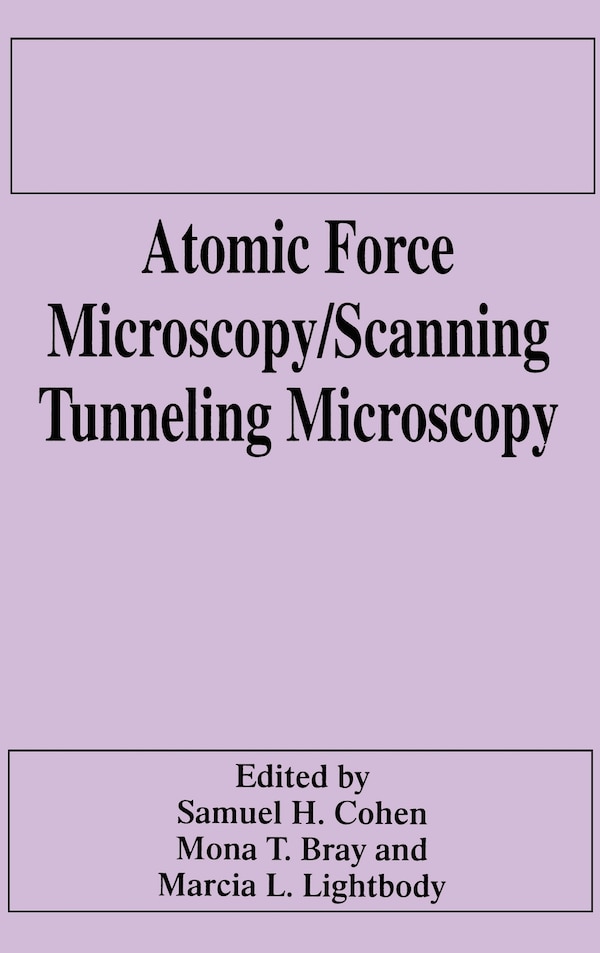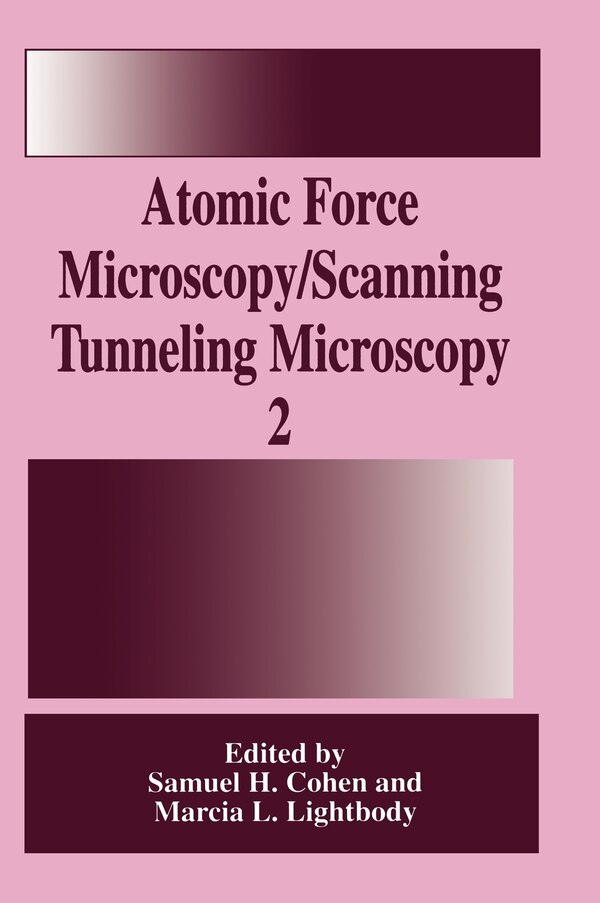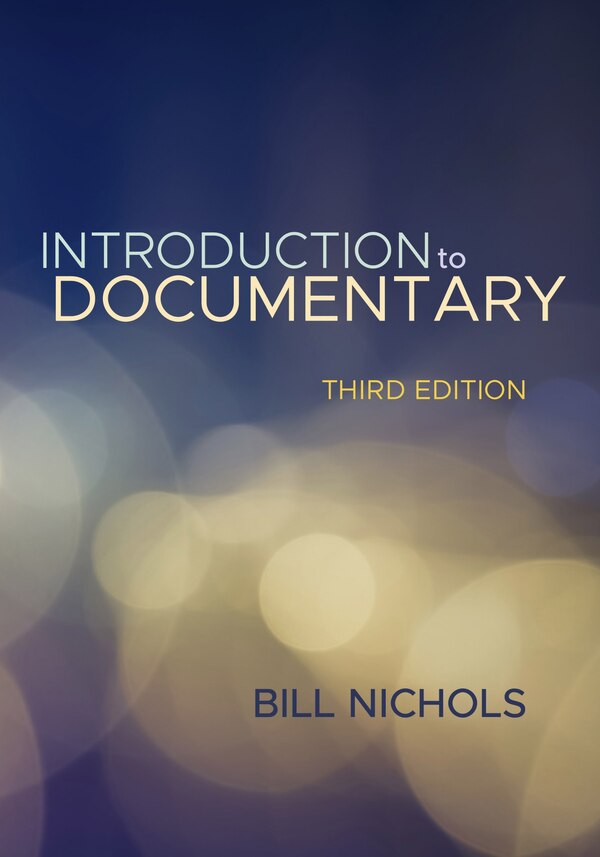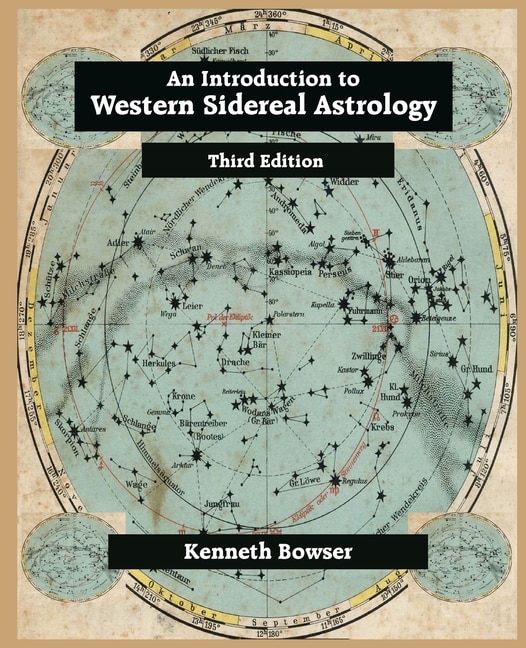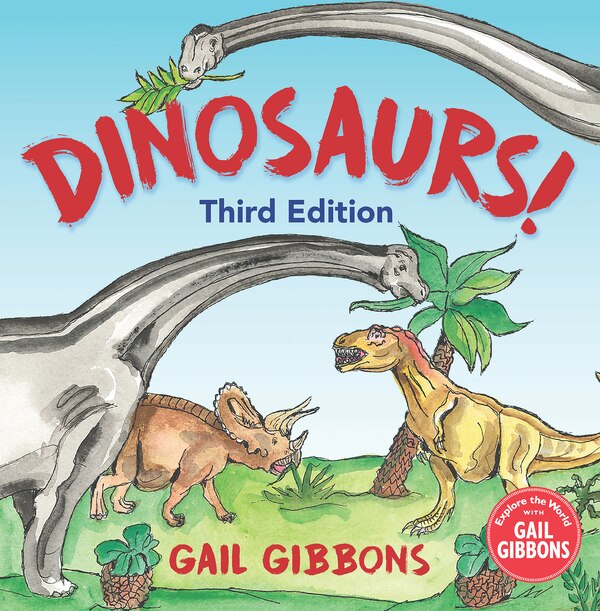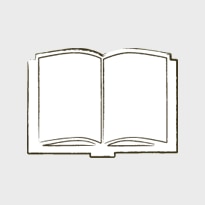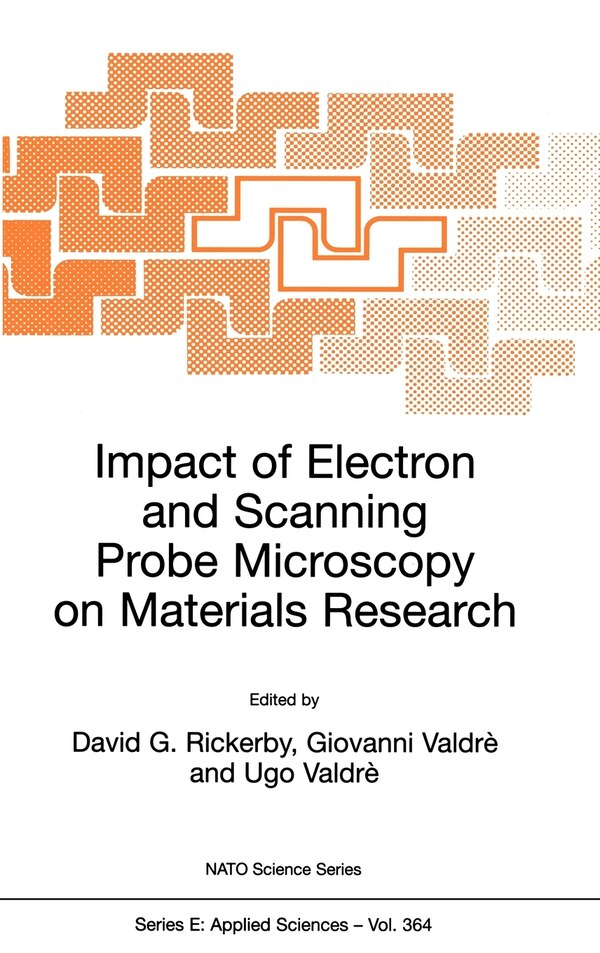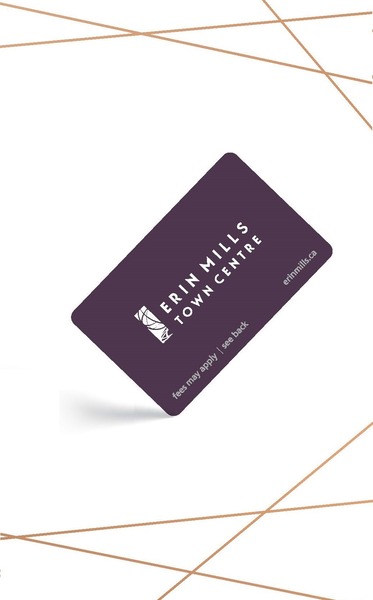
GIVE THE PERFECT GIFT
Erin Mills Town Centre Gift Cards are the perfect choice for your gift giving needs.Purchase gift cards at kiosks near the food court or centre court, at Guest Services, or click below to purchase online.PURCHASE HEREHome
Introduction to Scanning Tunneling Microscopy Third Edition by Julian Chen, Hardcover | Indigo Chapters
Indigo
Loading Inventory...
Introduction to Scanning Tunneling Microscopy Third Edition by Julian Chen, Hardcover | Indigo Chapters
From Julian Chen
Current price: $157.78

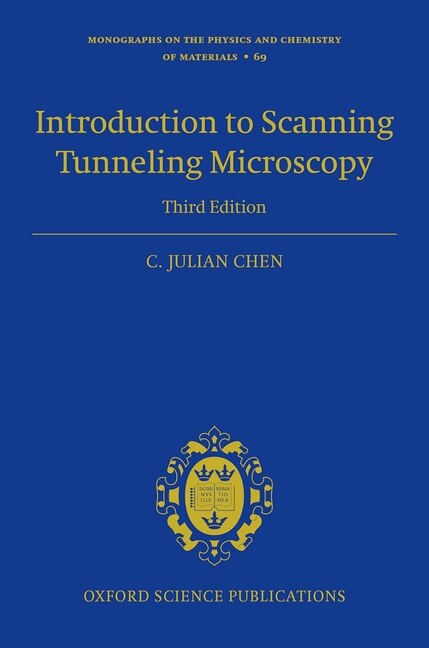
From Julian Chen
Introduction to Scanning Tunneling Microscopy Third Edition by Julian Chen, Hardcover | Indigo Chapters
Current price: $157.78
Loading Inventory...
Size: 25.4 x 234 x 964
*Product information may vary - to confirm product availability, pricing, shipping and return information please contact Indigo
The scanning tunnelling microscope (STM) was invented by Binnig and Rohrer and received a Nobel Prize of Physics in 1986. Together with the atomic force microscope (AFM), it provides non-destructive atomic and subatomic resolution on surfaces. Especially, in recent years, internal details ofatomic and molecular wavefunctions are observed and mapped with negligible disturbance. Since the publication of its first edition, this book has been the standard reference book and a graduate-level textbook educating several generations of nano-scientists. In Aug. 1992, the co-inventor of STM, Nobelist Heinrich Rohrer recommended: The Introduction to Scanning tunnelling Microscopy by C. J. Chen provides a good introduction to the field for newcomers and it also contains valuable material and hints for the experts. For the second edition, a 2017 book review published in the Journal ofApplied Crystallography said Introduction to Scanning tunnelling Microscopy is an excellent book that can serve as a standard introduction for everyone that starts working with scanning probe microscopes, and a useful reference book for those more advanced in the field. The third edition is athoroughly updated and improved version of the recognized Bible of the field. Additions to the third edition include: theory, method, results, and interpretations of the non-destructive observation and mapping of atomic and molecular wavefunctions; elementary theory and new verifications of equivalence of chemical bond interaction and tunnelling; scanning tunnellingspectroscopy of high Tc superconductors; imaging of self-assembled organic molecules on the solid-liquid interfaces. Some key derivations are rewritten using mathematics at an undergraduate level to make it pedagogically sound. | Introduction to Scanning Tunneling Microscopy Third Edition by Julian Chen, Hardcover | Indigo Chapters
The scanning tunnelling microscope (STM) was invented by Binnig and Rohrer and received a Nobel Prize of Physics in 1986. Together with the atomic force microscope (AFM), it provides non-destructive atomic and subatomic resolution on surfaces. Especially, in recent years, internal details ofatomic and molecular wavefunctions are observed and mapped with negligible disturbance. Since the publication of its first edition, this book has been the standard reference book and a graduate-level textbook educating several generations of nano-scientists. In Aug. 1992, the co-inventor of STM, Nobelist Heinrich Rohrer recommended: The Introduction to Scanning tunnelling Microscopy by C. J. Chen provides a good introduction to the field for newcomers and it also contains valuable material and hints for the experts. For the second edition, a 2017 book review published in the Journal ofApplied Crystallography said Introduction to Scanning tunnelling Microscopy is an excellent book that can serve as a standard introduction for everyone that starts working with scanning probe microscopes, and a useful reference book for those more advanced in the field. The third edition is athoroughly updated and improved version of the recognized Bible of the field. Additions to the third edition include: theory, method, results, and interpretations of the non-destructive observation and mapping of atomic and molecular wavefunctions; elementary theory and new verifications of equivalence of chemical bond interaction and tunnelling; scanning tunnellingspectroscopy of high Tc superconductors; imaging of self-assembled organic molecules on the solid-liquid interfaces. Some key derivations are rewritten using mathematics at an undergraduate level to make it pedagogically sound. | Introduction to Scanning Tunneling Microscopy Third Edition by Julian Chen, Hardcover | Indigo Chapters

